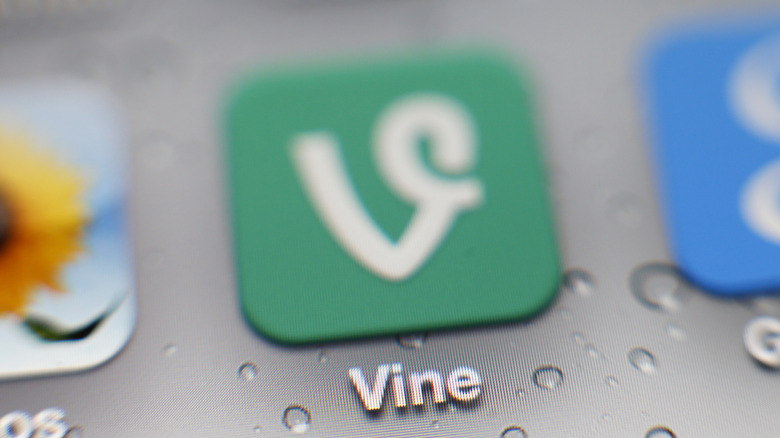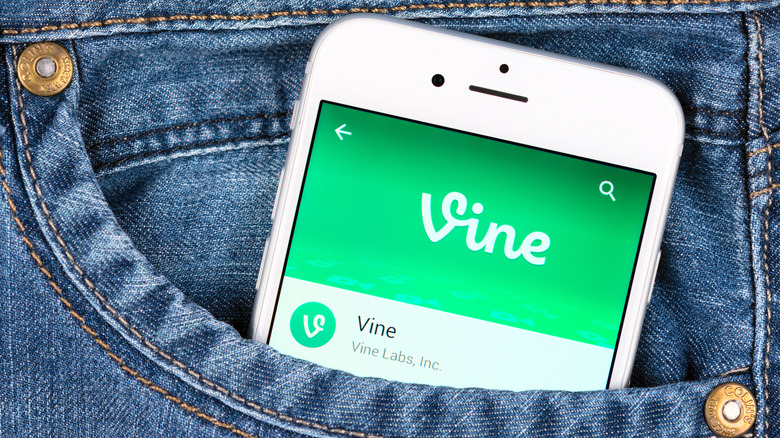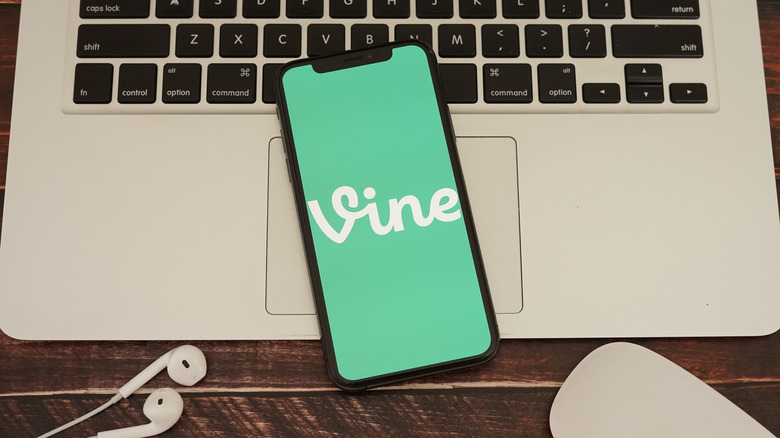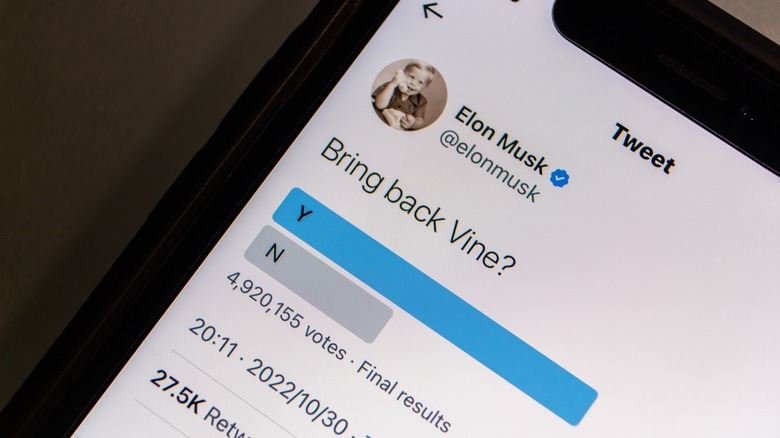The Downward Spiral Of The Vine App: The Reason It Shut Down
Short-form videos made TikTok what it is today: one of the most popular apps in the world. But before TikTok, Instagram Reels, and YouTube Shorts expanded worldwide, there was Vine. This may be difficult to imagine in 2024, but at one point, Vine was the app that was synonymous with short, snappy videos.
KingBach, Logan Paul, Lele Pons, Rudy Mancuso, Zach King, Jus Reign, Jerome Jarre and many other internet stars all rose to prominence on Vine. They likely wouldn't be where they are now if it weren't for the platform's unique format.
Vine was launched in 2013 and acquired 200 million users by 2015. However, just a year later, video uploads were disabled. Shortly after that, Vine was shut down completely: a meteoric rise, followed by a sudden and unexpected fall. So, what really happened in that three-year span? Why did Vine shut down if it was so popular? And will it ever make a comeback?
The rise of Vine
Vine was developed in 2012 by entrepreneurs Dom Hofmann, Rus Yusupov, and Colin Kroll. They initially wanted to create an app for filming and editing videos quickly. Due to technical limitations, the trio implemented a maximum video length of six seconds and also programmed a loop feature, as a way to keep users engaged.
In October of that year, Twitter (now called X) purchased Vine for a reported $30 million. The social networking giant might have seen its competitor Facebook scoop up Instagram for $1 billion a few months before and decided to make a similar move to step into the video content market.
Nevertheless, Vine hit the App Store in January 2013. Within six months, it became the fastest growing app in the world. This attracted marketers, big brands, and social media personalities. The unusual format gave birth to a new genre of internet comedy, and it seemed as though Vine was destined to become the next big platform — yet the exact opposite happened.
Why Vine shut down
First of all, as other microvlogging platforms sprung up, Vine stubbornly stuck to the short six-second video format for a long time, which made it more difficult for creators to experiment. This possibly contributed to users turning to other apps.
It was also hard to make money on Vine, so many users migrated to other platforms with better monetization schemes. Some Vine creators monetized their content via third-party sponsorships, but Vine itself struggled to integrate a sponsorship solution within the app. This essentially led to a sort of revolt, where a group of top creators came together to demand $1.2 million each in exchange for 12 posts a month. When Vine refused, they simply left.
Naturally, it wasn't just the creators who were struggling to stay afloat. The business itself had serious problems with monetization, while key executives stepped away. Meanwhile, its competitors weren't burdened by these issues to the same extent. As such, Vine's demise came as quickly as its rise to stardom.
Is Vine coming back?
Billionaire Elon Musk, who now owns X, was apparently a fan of Vine. Reports emerged in 2022 that Twitter said it wanted Vine back, and that Musk had tasked a team of engineers to recreate it. Musk's Vine 2.0 would be part of X and have its own dedicated feed, similar to the Reels tab in Instagram.
Musk personally hinted at the return of Vine in April 2024, when he posted a poll asking X users if they wanted the service back. Around 70% of respondents voted "yes." Musk often polls X users before making major decisions about the company's future. In December 2022, for example, he asked if he should revoke his CEO position. When 57.5% voted "yes," he actually stepped down. Similarly, Musk repeatedly used polls to decide whether to unban several prominent X accounts.
If Musk is serious about his intentions, Vine may come back at some point, albeit in a different form.



